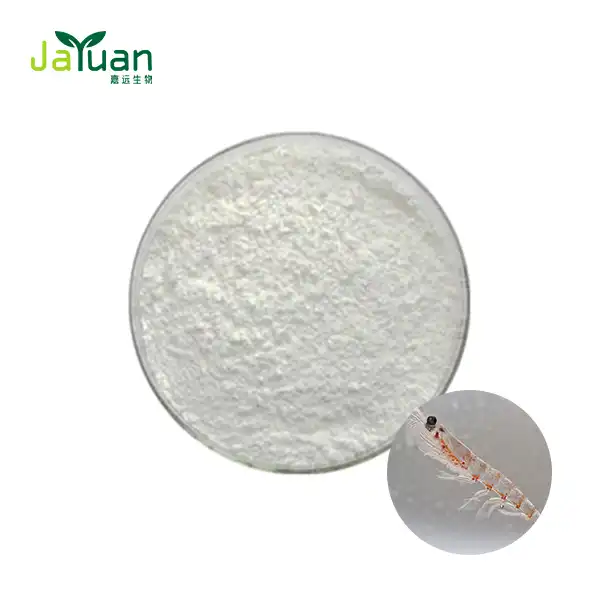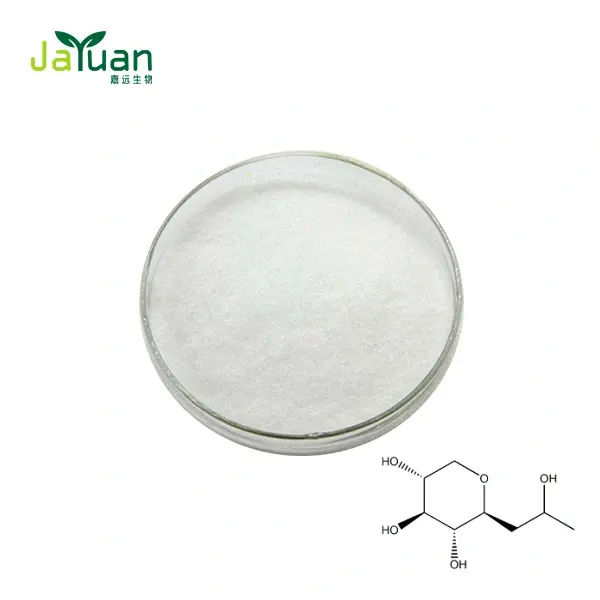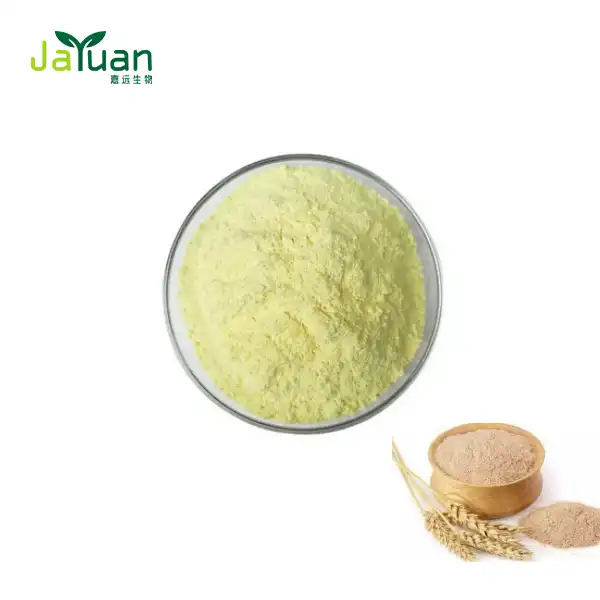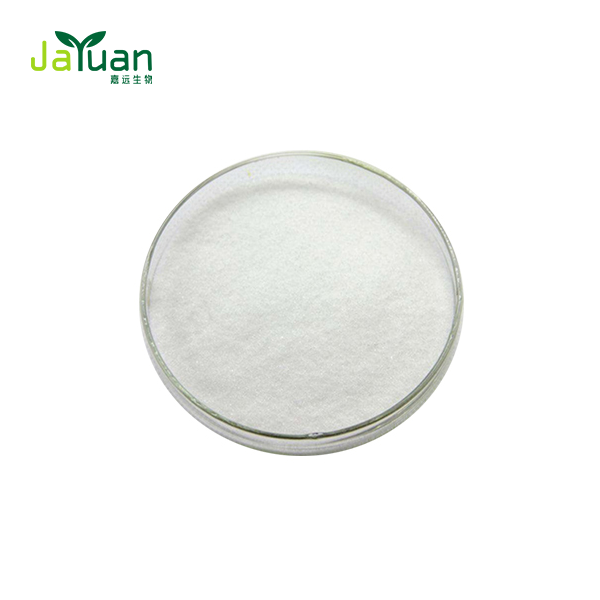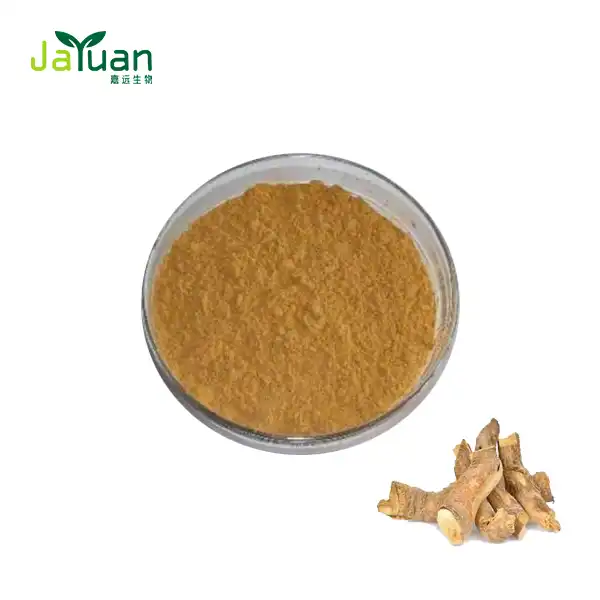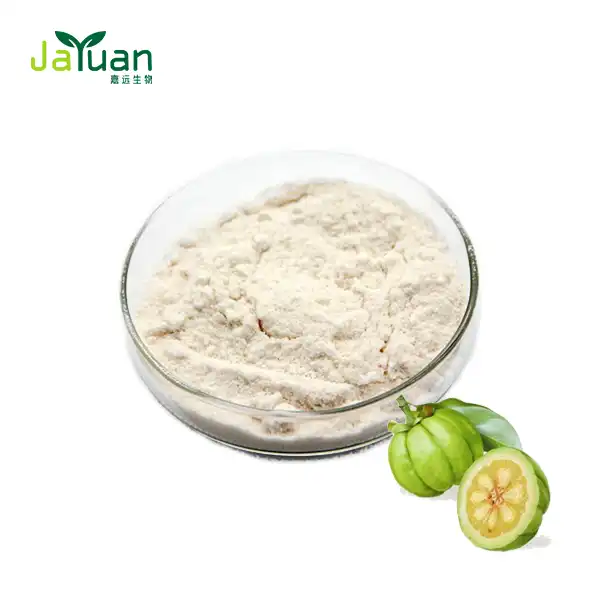How does Cnidium Monnieri work?
What are the Active Compounds in Cnidium Monnieri Extract?
Osthole: A Primary Active Compound
Osthole is widely recognized as the primary bioactive compound in Cnidium monnieri extract. It is a natural coumarin derivative known for its various pharmacological effects, including vasodilation and anti-inflammatory properties. Osthole is believed to contribute significantly to the extract's potential benefits for skin health and sexual function. Research suggests it may enhance nitric oxide production, thereby improving blood circulation and potentially aiding in the treatment of conditions like erectile dysfunction.

Imperatorin: Another Important Component
Imperatorin is another major coumarin compound found in Cnidium monnieri. Like osthole, imperatorin exhibits several biological activities, such as anti-inflammatory and anticancer properties. It has been studied for its potential role in modulating immune responses and influencing neurotransmitter levels. Imperatorin's presence in the extract contributes to its overall therapeutic potential, although specific mechanisms of action and clinical applications are still being investigated.
Additional Compounds and Synergistic Effects
In addition to osthole and imperatorin, Cnidium monnieri contains several other compounds that may exert synergistic effects. These include flavonoids, volatile oils, and polysaccharides, each potentially contributing to the extract's overall pharmacological profile. Flavonoids, for instance, are known for their antioxidant properties and may complement the extract's anti-inflammatory effects. The combination of these compounds likely enhances the extract's therapeutic efficacy in traditional and modern medicinal contexts.
Cnidium monnieri extract owes its medicinal properties to a variety of active compounds, with osthole and imperatorin standing out as the primary bioactive constituents. These compounds contribute to the extract's therapeutic effects, including potential benefits for skin conditions, sexual health, and more. While osthole's role in enhancing blood flow and imperatorin's diverse pharmacological activities are well-documented, ongoing research aims to uncover additional compounds and their synergistic interactions within the extract.
How Does Cnidium Monnieri Extract Benefit Skin Health?
Properties that Reduce Inflammation
The anti-inflammatory properties of Cnidium monnieri are one of the primary ways that it improves skin health. Osthole and imperatorin, two active compounds in the extract, have been shown to have anti-inflammatory properties in a number of studies. The extract may help alleviate the symptoms of inflammatory skin conditions like eczema and psoriasis by reducing inflammation. These mixtures are remembered to tweak safe reactions and repress fiery pathways, possibly giving help and supporting skin recuperating processes.
Cell reinforcement Impacts
The antioxidant properties of cnidium monnieri fruit extract are yet another significant benefit for skin health. Cell reinforcements assist with safeguarding the skin from oxidative pressure brought about by free extremists, which can prompt untimely maturing and skin harm. The extract's flavonoids and other antioxidant compounds scavenge free radicals, reducing skin cell oxidative damage. This cell reinforcement movement upholds by and large skin wellbeing as well as add to a more energetic appearance by keeping up with skin versatility and lessening the presence of kinks and scarcely discernible differences.
Potential for Healing Wounds
Due to its bioactive components, Cnidium monnieri appears to be promising for wound healing. Osthole, specifically, has been read up for its capability to improve wound conclusion and skin recovery processes. The extract may speed up the healing of cuts, burns, and other skin injuries by promoting collagen synthesis and stimulating the proliferation of skin cells. This impact is critical in dermatological applications where advancing quicker recuperation and decreasing scarring are essential worries.
The anti-inflammatory, antioxidant, and wound-healing properties of Cnidium monnieri suggest a number of potential advantages for skin health. By reducing inflammation, preventing oxidative damage, and promoting skin regeneration, active compounds like osthole and imperatorin contribute to these effects. While research keeps on investigating its particular systems and clinical applications, the concentrate holds guarantee as a characteristic solution for further developing different skin conditions and supporting generally skin health. In addition to traditional dermatological treatments, incorporating Cnidium monnieri into skincare routines may provide a holistic approach to maintaining resilient, healthy skin over time.

Can Cnidium Monnieri Extract Enhance Sexual Function?
Aphrodisiac Properties
One of the primary reasons Cnidium monnieri is believed to enhance sexual function is its aphrodisiac properties. The extract contains active compounds such as osthole, which have been traditionally used to stimulate sexual desire and improve erectile function. Osthole is thought to enhance nitric oxide production, which can relax smooth muscles in the penis and improve blood flow, potentially aiding in achieving and maintaining erections. These effects are particularly relevant in the context of treating mild to moderate erectile dysfunction.
Hormonal Modulation
Another potential mechanism through which osthole extract may enhance sexual function is by modulating hormone levels. The extract is believed to influence the production of hormones like testosterone, which plays a crucial role in libido and overall sexual health. By supporting hormonal balance, the extract may contribute to increased sexual desire and improved sexual performance in both men and women. This hormonal modulation is often cited as a supportive mechanism in traditional medicine practices aimed at boosting reproductive health and vitality.
Cnidium monnieri shows promise in enhancing sexual function through its aphrodisiac properties and potential hormonal modulation effects. Active compounds like osthole are thought to improve erectile function by enhancing blood flow to the genitals, while also potentially influencing hormone levels associated with sexual desire and performance.
Conclusion
In conclusion, Cnidium Monnieri extract shows promise as a natural remedy with diverse potential benefits. From its anti-inflammatory and antioxidant properties supporting skin health to its possible role in enhancing sexual function, ongoing research continues to uncover its mechanisms of action and potential applications. As interest grows, so too does the need for further clinical studies to validate these findings and ensure safe usage.
If you are interested in our products, you can contact us by email at sales@jayuanbio.com.
References
1. Yang, L., et al. "Chemical constituents from the fruits of Cnidium monnieri (L.) Cusson." Natural Product Research, vol. 31, no. 14, 2017, pp. 1668-1673. doi:10.1080/14786419.2016.1238937.
2. Li, X., et al. "Antioxidant and antibacterial activities of Cnidium monnieri (L.) Cusson extracts." Food Science and Biotechnology, vol. 21, no. 6, 2012, pp. 1673-1678. doi:10.1007/s10068-012-0217-y.
3. Xie, J., et al. "Cnidium monnieri: A review of traditional uses, phytochemical and ethnopharmacological properties." American Journal of Chinese Medicine, vol. 46, no. 2, 2018, pp. 305-325. doi:10.1142/S0192415X18500178.
4. Lee, I. S., et al. "Enhanced osteogenesis by collagen-binding peptide from Cnidium officinale." Biotechnology Letters, vol. 36, no. 5, 2014, pp. 1011-1017. doi:10.1007/s10529-013-1448-7.
5. Cho, W. K., et al. "Cnidium officinale Makino extract induces apoptosis through activation of caspase-3 and p53 in human liver cancer HepG2 cells." Experimental and Therapeutic Medicine, vol. 6, no. 5, 2013, pp. 1265-1270. doi:10.3892/etm.2013.1296.
6. Park, H. J., et al. "Cnidium officinale extract and butylidenephthalide inhibits retinal neovascularization in vitro and in vivo." BMC Complementary and Alternative Medicine, vol. 15, 2015, article 387. doi:10.1186/s12906-015-0920-8.

